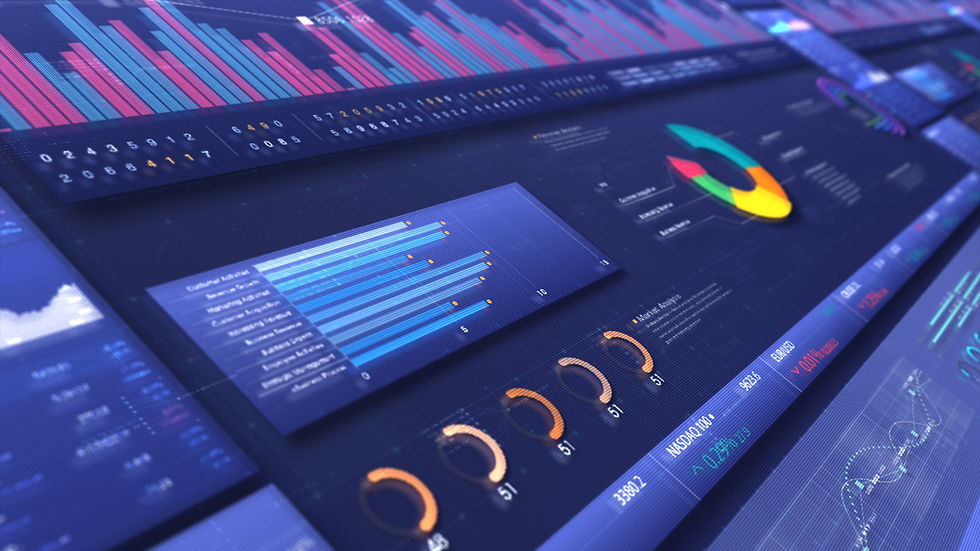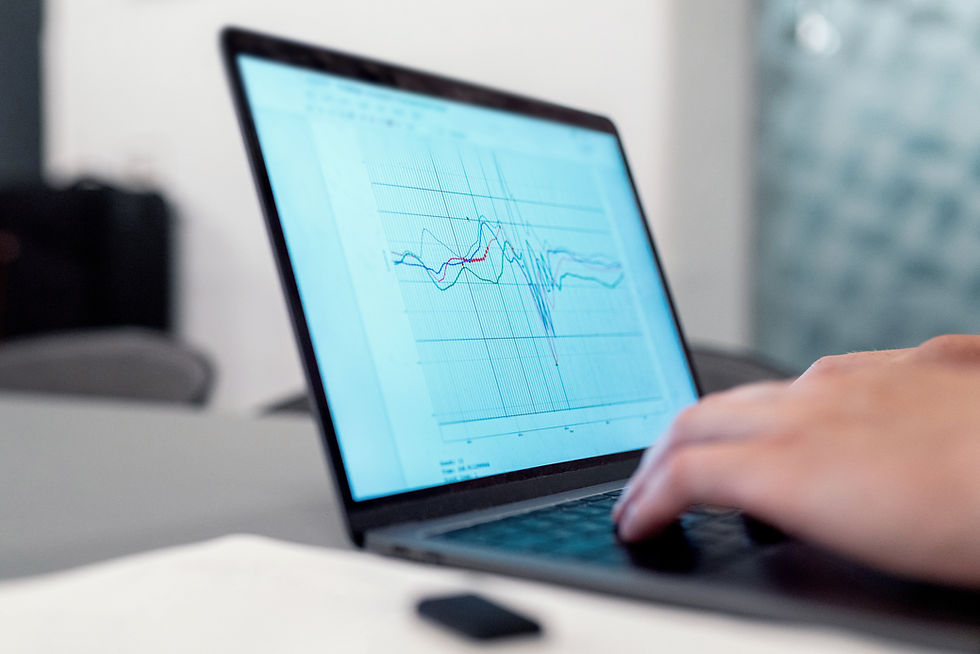How to Read Paid Traffic and Keyword Metrics for Meta, Google, Local Service Ads (LSA), and TikTok | Just starting ADS or Hired someone, Now What?
- Weezle Team

- 3 days ago
- 4 min read
Hopefully that was us you hired ;) Schedule a Call here to Learn More

I'm doing ADS! YAY!
Now what?
Wait... what are ADS event? What is paid traffic? HELP!
Sometimes we hear "Ads Agencies" just selling and then not perform. Once they get the sale, they ghost you. We are not that.
But first lets catch you up with ADS terms & Examples...
Paid traffic and keyword metrics are essential for optimizing ad campaigns across platforms like Meta (Facebook/Instagram), Google Ads, Local Service Ads (LSA), and TikTok. Each platform has unique metrics and data points that help you understand performance, audience behavior, and ROI. Here's how to interpret these metrics to improve your campaigns:
1. Meta (Facebook/Instagram Ads)
Meta Ads focus on audience targeting and engagement. Key metrics to track include:
Key Metrics to Read:
CTR (Click-Through Rate): Measures how often people click on your ad after seeing it. A low CTR may indicate poor targeting or unengaging creatives.
Benchmark: 0.90%-1.5% for most industries.
CPC (Cost Per Click): The cost of each click on your ad. Lower CPC indicates better ad efficiency.
CPM (Cost Per Mille): The cost per 1,000 impressions. High CPM may suggest competitive bidding or poor ad relevance.
Conversion Rate: Tracks how many users complete a desired action (e.g., purchase, sign-up) after clicking the ad.
Frequency: The average number of times a user sees your ad. High frequency can lead to ad fatigue.
ROAS (Return on Ad Spend): Measures revenue generated for every dollar spent on ads.
How to Use the Data:
Optimize ad creatives and targeting if CTR is low.
Adjust bidding strategies to lower CPC and CPM.
Monitor frequency to avoid oversaturating your audience.
Use A/B testing to refine ad copy, visuals, and CTAs.
2. Google Ads
Google Ads (Search, Display, Shopping, and Performance Max) rely heavily on keyword performance and audience intent.
Key Metrics to Read:
Search Impression Share: The percentage of impressions your ad receives compared to the total available impressions for your keywords.
Quality Score: A score (1-10) based on ad relevance, expected CTR, and landing page experience. Higher scores lower CPC.
CTR (Click-Through Rate): Indicates how well your ad matches user intent.
Benchmark: 3%-5% for Search Ads.
CPC (Cost Per Click): The cost of each click. High CPC may indicate competitive keywords.
Conversion Rate: Tracks how many clicks result in a desired action.
Bounce Rate: Measures how many users leave your landing page without interacting. High bounce rates suggest poor landing page relevance.
ROAS (Return on Ad Spend): Tracks revenue generated from ad spend.
How to Use the Data:
Improve Quality Score by refining ad copy, keywords, and landing pages.
Focus on high-converting keywords and pause underperforming ones.
Use negative keywords to filter irrelevant traffic.
Optimize landing pages to reduce bounce rates and improve conversions.
3. Local Service Ads (LSA)
LSAs are designed for local businesses to generate leads directly from Google.
Key Metrics to Read:
Lead Volume: The number of leads generated by your ads.
Cost Per Lead (CPL): The cost of acquiring a single lead. Lower CPL indicates better efficiency.
Booking Rate: Tracks how many leads convert into actual bookings or appointments.
Impression Share: The percentage of times your ad appears in relevant searches.
Review Score: Your average Google review rating, which directly impacts ad performance.
How to Use the Data:
Focus on improving your review score (aim for 4.5+ stars) to increase visibility and trust.
Monitor CPL and adjust bids to maintain profitability.
Optimize your business profile (photos, services, and descriptions) to attract more leads.
Track booking rates to measure the quality of leads and refine targeting.
4. TikTok Ads
TikTok Ads focus on short-form, engaging video content. Metrics here are unique due to the platform's emphasis on video performance and engagement.
Key Metrics to Read:
CTR (Click-Through Rate): Measures how often users click on your ad after viewing it.
Benchmark: 1%-2% for most industries.
CPC (Cost Per Click): Tracks the cost of each click. TikTok’s average CPC is around $0.80 for e-commerce.
CPM (Cost Per Mille): The cost per 1,000 impressions. TikTok CPMs are typically higher due to its premium audience.
Video Views (6s): Tracks how many users watch at least 6 seconds of your video. This is TikTok’s premium engagement metric.
Engagement Rate: Measures likes, shares, and comments on your ad.
Conversion Rate: Tracks how many users complete a desired action after clicking the ad.
ROAS (Return on Ad Spend): Measures revenue generated for every dollar spent on TikTok ads.
How to Use the Data:
Optimize video hooks to capture attention in the first 3 seconds.
Use trending sounds and hashtags to align with TikTok’s culture.
Monitor video views (6s) to gauge engagement and adjust creatives if needed.
Test different audience segments and refine targeting based on performance.
How to Combine Metrics Across Platforms
To get a holistic view of your paid traffic performance, focus on these universal metrics:
CTR: Indicates ad relevance and engagement.
CPC: Measures cost efficiency.
Conversion Rate: Tracks how well your ads drive desired actions.
ROAS: Measures profitability across platforms.
Bounce Rate: Assesses landing page effectiveness.
Reading paid traffic and keyword metrics across Meta, Google, LSA, and TikTok requires understanding platform-specific metrics like CTR, CPC, ROAS, and engagement rates. Use tools like Google Analytics, TikTok Pixel, and Meta Ads Manager to track performance and refine your campaigns. By analyzing these metrics, you can optimize ad creatives, targeting, and budgets to maximize ROI and drive conversions.

So if you are still confused and want to learn exactly how we do it and how you can do it, schedule a call with big boss man : HERE








Comments